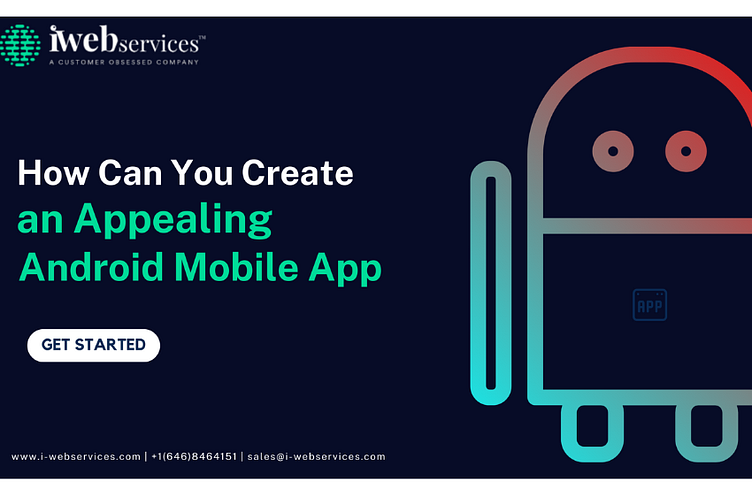How Can You Create an Appealing Android Mobile App?
Android app development companies use an app development lifecycle for mobile app development. This app development life cycle includes six major stages: ideation, planning, designing, development, testing, and launch of the app. And by following this life cycle as mentioned below, you can also create an appealing mobile app.
Business Analysis
Any business, whether a startup or an enterprise, must clearly understand what they want to achieve with its mobile app before starting the development process. This is where business analysis comes in.
A business analyst is responsible for understanding the needs of the business and translating them into requirements for the iOS and android app development company. These analysts work closely with the development team to ensure that the final product meets the business goals.
The business analysis phase of the mobile app development lifecycle is crucial to the success of any project. Without a clear understanding of the goals and requirements, it’s impossible to create a successful mobile app.
Mobile App Design and Development
The second step is the API integration services which includes mobile app design and development.. There are two types of mobile platforms, i.e. Android and iOS. These platforms are needed to be considered before taking mobile app design and development into action.
The app development lifecycle includes both the user interface (UI) and user experience (UX), where UI represents how your app will look and feel, as well as how users will interact with it. The colour theory, graphics and designers creatively play a crucial role in the app designing process.
Once you are done with the design, the next step is to start coding. For this, if you're not a developer, you need to hire mobile app developers.
Testing and Quality Assurance
Once you are done with the design and development process, testing and quality assurance come. In this phase, all parts, design and developments of the developed app are tested through manual, automated, and unit testing.
Deployment
After the successful completion of the testing and quality check, your app is now eligible for deployment. For this, you need to test the app on a variety of devices to ensure compatibility. Once you have ironed out any bugs, you will need to create an account with the Google Play store. This process is fairly simple and straightforward, and once you have submitted your app, it will be available for anyone to download.
It is important to note that deployment is still ongoing in the mobile app development process. You will need to continuously monitor your app for crashes or other issues and release updates as required. Furthermore, make sure to keep your app up-to-date with the latest platform versions.
